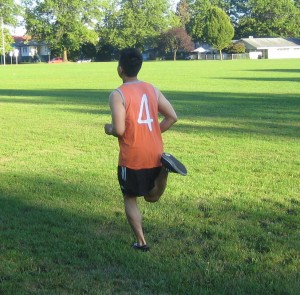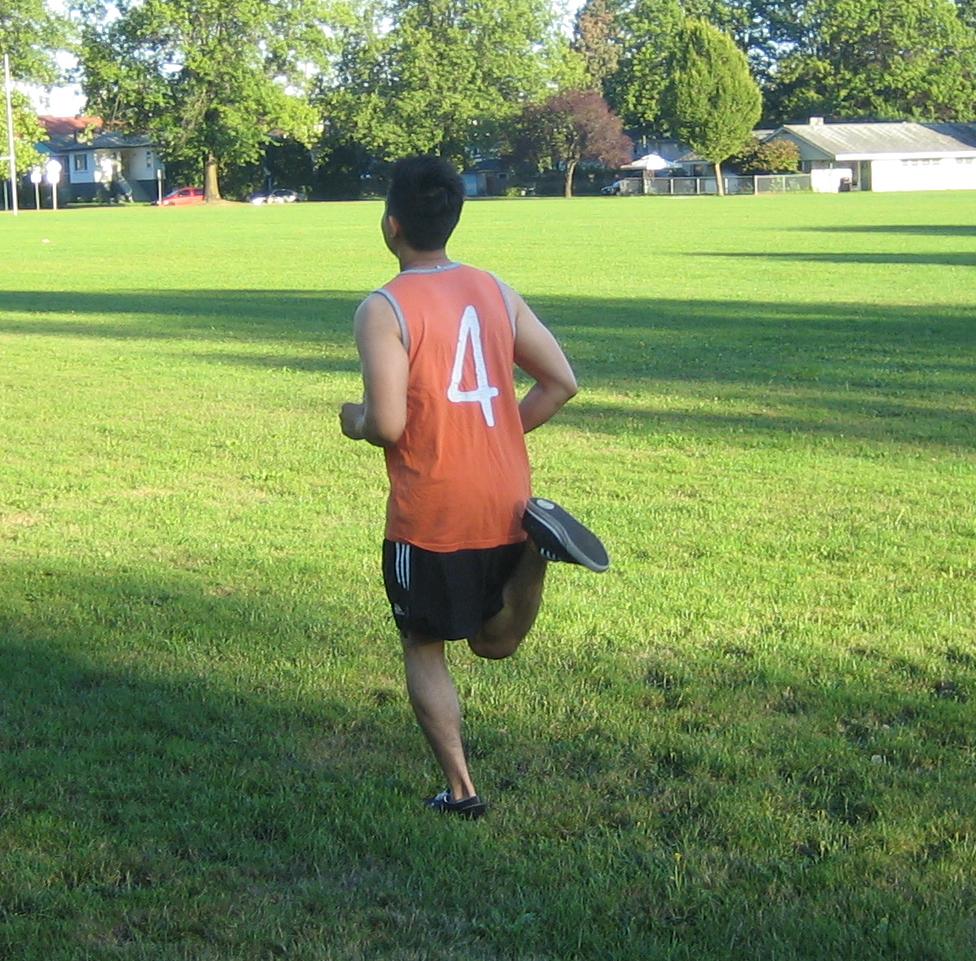Poison ivy rash is triggered by a reaction to an oil-based resin called urushiol which is present in the leaves, stem as well as roots of poison ivy, poison sumac and poison oak. Some people who came in contact with these plants develop a rash that causes itchiness and it is more dangerous when inhaling the smoke of the burned plant since it can affect the lungs.
Due to the high likelihood of many individuals to end up with an allergic reaction to poison ivy, it is best that you are prepared to perform the appropriate steps. All you have to do is to enroll in a first aid class today so that the essential steps can be taken.
Symptoms of poison ivy rash
Symptoms of poison ivy rash are itching, swelling, blisters and redness of the affected areas. Sometimes, the rash looks like a straight line, but if it came in contact with a piece of clothing or fur of a pet, the rash will spread out, and develops between 12 to 48 hours after exposure and can last for two to three weeks. The severity of the rash will depend on the amount of urushiol that touches the skin and other areas of the body can also develop a rash.

Causes of poison ivy rash
- Poison ivy rash can be caused by directly touching the leaves, stem, roots or berries of the plant
- By touching the plant with the hands and touch of items, the urushiol can get into the hand, which later the hand will touch the face or rub. If the contaminated objects were not cleaned, they can cause a skin reaction years later.
- By inhaling the smoke of a burning poison ivy which contains the oil, it can cause irritation or harm the nasal passages of the lungs.
People who have a high risk of exposure to poison ivy include farmers, gardeners, firemen, landscapers, construction workers, cable and telephone line installers and foresters.
Treatment and home remedies
- Apply over-the-counter corticosteroid cream and calamine lotion over the affected areas.
- Take antihistamines so that the individual can sleep better.
- Soaking in a cool-water bath that contains an oatmeal-based bath product.
- Apply cool and wet compresses on the affected areas for about 15-30 minutes several times a day.
Preventing poison ivy rash
- Learn how to distinguish identify poison ivy, poison oak and poison sumac in order to avoid having skin contact with these plants. When camping outside, put the tent in an area that is free from these plants.
- Keep pets from running through forest areas so that urushiol will not accidentally stick to their furs, which will be accidentally touched by a person. If the pet is contaminated, put on a rubber gloves and give the pet a bath.
- Use herbicide in order to get rid of poison ivy or use heavy gloves and pull the plants off the ground. Do not burn the plant since the urushiol can be carried by the smoke.

